Hello mid June,
I tend to forget, but this past spring was actually my very first one in New York City—a city I'm still slowly getting to know.
Having been lived in strict countries and cities like Tokyo, Zurich, Vienna and Berlin I find NYC so embracing although life and speed can be overwhelming from many aspects.
Interestingly our life has become easier, smaller in the terms of distances we binge every day, local and more intimate which I loved, reminds me my childhood and neighborhood life that gives one a lot of trust, a kind of a big family feeling.
Not to mention the vivid cultural and financial life of NYC, that got me win by this aspect.
I am not literally writing this letter from my Mori Cabin, but my little workspace that finally helps me to focus on deep work again.
Attention, focus, artful details oriented well-being is my main interest as I search for myself, awake and celebrate in life.
This is the reason why I fell in love Nature Journaling and basic botanical illustration too.
There are tones of tools, DIY guides, GTD apps and more. I tried all, one needs to find the own rhythm I guess.
Along the way, I’ve realized that one topic lies at the heart of intentional living: our relationship with time. How we perceive it, its scale, and how we align ourselves with it.
This letter is about time perception—something that can feel either magical or quietly overwhelming in our lives.
Let’s begin!
✧ Mori Learning ✧
//Nature-inspired Tools for Mind, Body and Soul
June theme: Time perception in natural systems
This June, Mori Learning is focusing on nature’s time.
We’ll explore how different species perceive time—through rhythms, cycles, and pauses—and gently reflect on our own.
From the spiral of a fern to the pulse of fungi, from moonlit coral blooms to tree rings that remember drought, we’ll ask:
What can we learn from how nature keeps time?
And how might we begin to live in a rhythm that feels more natural than forced?
Time is a source—a quiet, precious one that is often stolen.
Not just by noise and distraction, but by a deeper illusion: that time is something outside of us—something we can manage, control, or outrun.
Time in Nature
In natural systems, time is not a straight line or a ticking clock.
It’s a living rhythm, a pulse of connection, a repeating pattern.
Sunrise and dusk.
Tides and moonlight.
Fruiting and falling.
Dormancy and awakening.
These are not just events. They are temporal languages—ways nature communicates change.
We live among these rhythms. We are shaped by them.
Just as forests regenerate in cycles, so do we.
Time in Modern Life
In contrast, modern life slices time into units and productivity—turning it into something we are expected to master. We are trained to “spend” time efficiently and to treat stillness as a waste. But this version of time is brittle.
It forgets the truth: that rest, slowness, and wandering are also forms of creation.
Clocks of the Wild
How natural beings perceive and express time is a good remedy for this.
Nature keeps time differently depending on species, ecosystem, and evolutionary role. Here are a few remarkable examples:
🌿 Ferns: Their spiral uncoiling (circinate vernation) follows light and moisture cues. It's not rushed—it's precisely timed to seasonal changes.
🐜 Cicadas: Some emerge every 13 or 17 years, following prime-numbered cycles that help them avoid predators—an evolutionary clock.
🍄 Mycelium networks: Fungi grow in response to nutrients and temperature, often pulsing over hours or days. Their sense of time is spatial, not scheduled.
🌕 Corals: Many reef-building corals release eggs and sperm simultaneously once a year, synchronized with moonlight and water temperature.
🌳 Trees: Annual rings mark dry vs. wet seasons. Some species “remember” drought years and adjust their growth accordingly for decades.
A Different Kind of Time
Modern culture measures time by output: hours worked, goals met, calendars filled. But this view is narrow and often disconnected from our biological rhythms. Here’s what nature reminds us:
Rest is productive: Dormancy in seeds and hibernation in animals are not passive—they are strategic.
Slowness has value: The slow growth of oak trees ensures long life and strong wood.
Cycles matter more than speed: Nature operates in feedback loops, not deadlines.
🌿 Slowing Down Our Sense of Time
When we shift from “How much can I do today?” to “What season am I in?”—
we begin to live more with time than against it.
Here are a few quiet practices to help you recalibrate, even if not you can’t find the opportunity to be in Nature. Then you can use wisely the chance to be in the own Nature of your mind.
Name the rhythm you're in: Are you blooming, shedding, resting, or reaching? Give your current season a name.
Spend 10 minutes with no goal: Walk without a destination or sit by a window. Let time pass without tracking it.
Use natural cues instead of clocks: Wake with light. Pause with dusk. Eat when hungry. Rest when foggy.
Mark time with a ritual: Light a candle at the same time each day. Sketch a leaf. Write one sentence at sunset.
Let one thing take as long as it takes: No timer. No rush. Just presence.
Share with me an interesting experience of your Time Perception!
And take a look at the Mori Guide to the Art of Less and Declettering at the last section of this newsletter.
⊹ Creative Botany ⊹
//Botanical Thinking for Creative Souls
Seeing Through Fragments: From glass to petals
Recently acquired by The Metropolitan Museum of Art, “Garden Landscape and Fountain” is a monumental three-part stained glass window created by Louis Comfort Tiffany’s renowned studio and designed by Agnes Northrop, the lead artist behind many of Tiffany’s landscape windows.
Once installed in the grand entry hall of Linden Hall in Dawson, Pennsylvania, the windows disappeared into a private collection in 2005. Now, decades later, they return to public light—literally.
This work doesn’t just depict a garden.
It holds it in suspended light, crafted from over a thousand pieces of individually colored, layered, and cut glass. It’s a landscape that breathes through light, reflection, and mineral alchemy.
Glass is a time-bound material. It begins as sand (silica), transformed through intense heat and combined with fluxes like soda and lime. Coloring it is a delicate act of chemistry:
Cobalt for blue
Copper for green
Gold chloride for pink
Manganese or iron for subtle browns and shadows
But Tiffany’s genius was Favrile glass—his own innovation. Unlike traditional stained glass, Favrile embeds the color into the material itself, allowing the surface to shimmer, deepen, and glow without needing surface paint.
What results is a painting made of minerals, light, and time.
⧉ Inside Mori Cabin ⧉
//Living with Design on Minimalism
The Art of Less and Decluttering
The most common question I get about cabin life is storage.
Is there enough of it?
How can we make the kitchen bigger?
Where do we keep our things?
Here’s the thing—my answer is usually the opposite of what people expect. I believe we don’t need more. The real challenge is learning how to fit things artfully and intentionally.
Cabin life isn’t about maximizing space—it’s about rethinking what we truly need.
A cabin isn’t meant to function like a regular house. It’s a smart, compact space that invites us to question our habits, our comfort zones, and our assumptions about convenience. It’s not just about enjoying the beauty of nature—it’s about embracing the mindset shift that comes from living with less.
Yes, it can be challenging. But that’s the point. And the result is something deeply rewarding.
With that in mind, I created something I wish I had earlier: a small digital guide called The Mori Way of Thinking. It’s designed to help you develop simple routines, feel more organized, and ease the sense of overwhelm that often comes with modern living.
This 4-step booklet helps you find your own rhythm—because we each have one. You can download it here:
Let me know what you think—I’d love to hear your reflections.
Until my next letter, keep grounded.
Warmly,

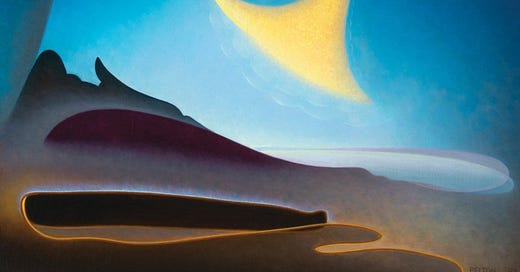



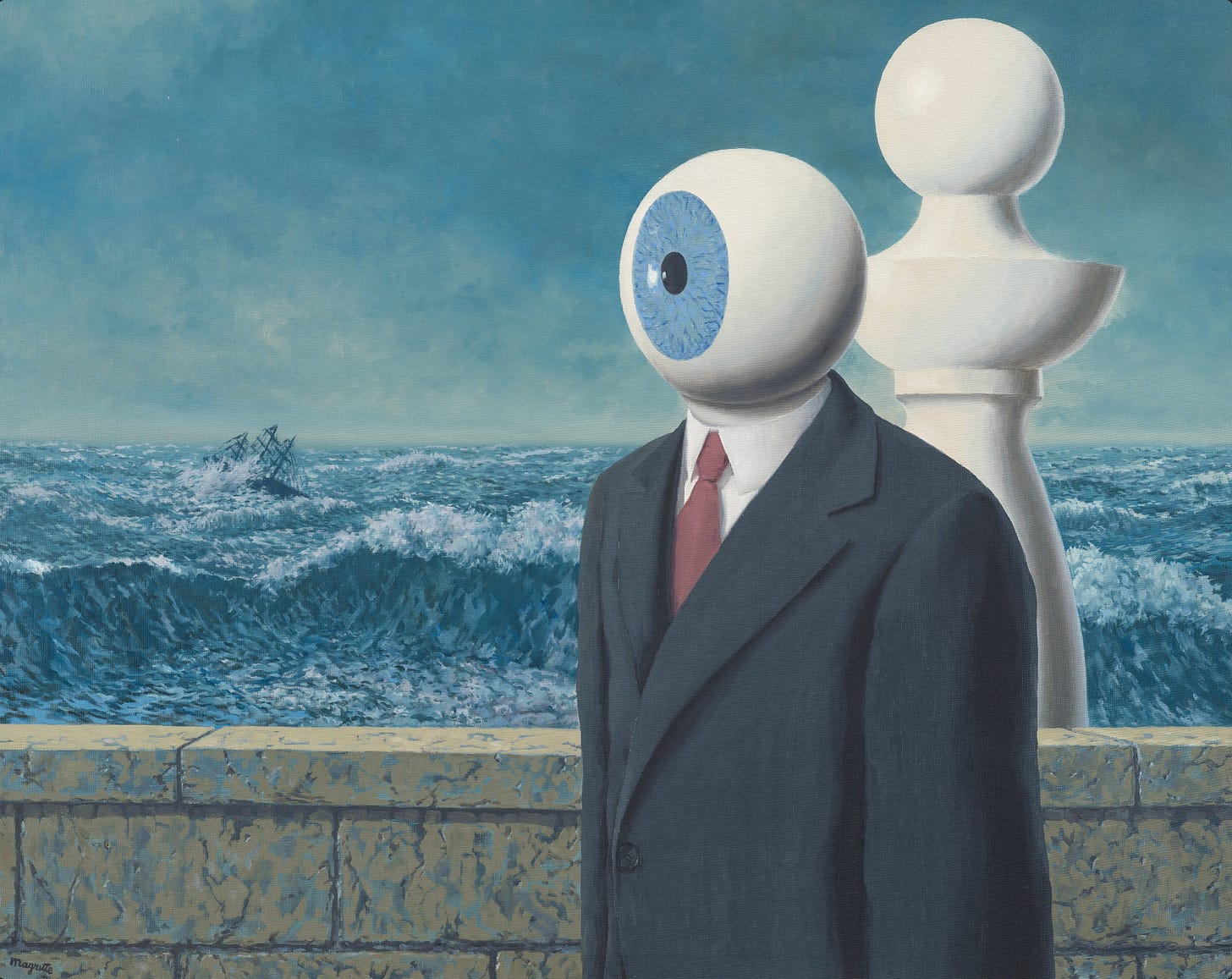
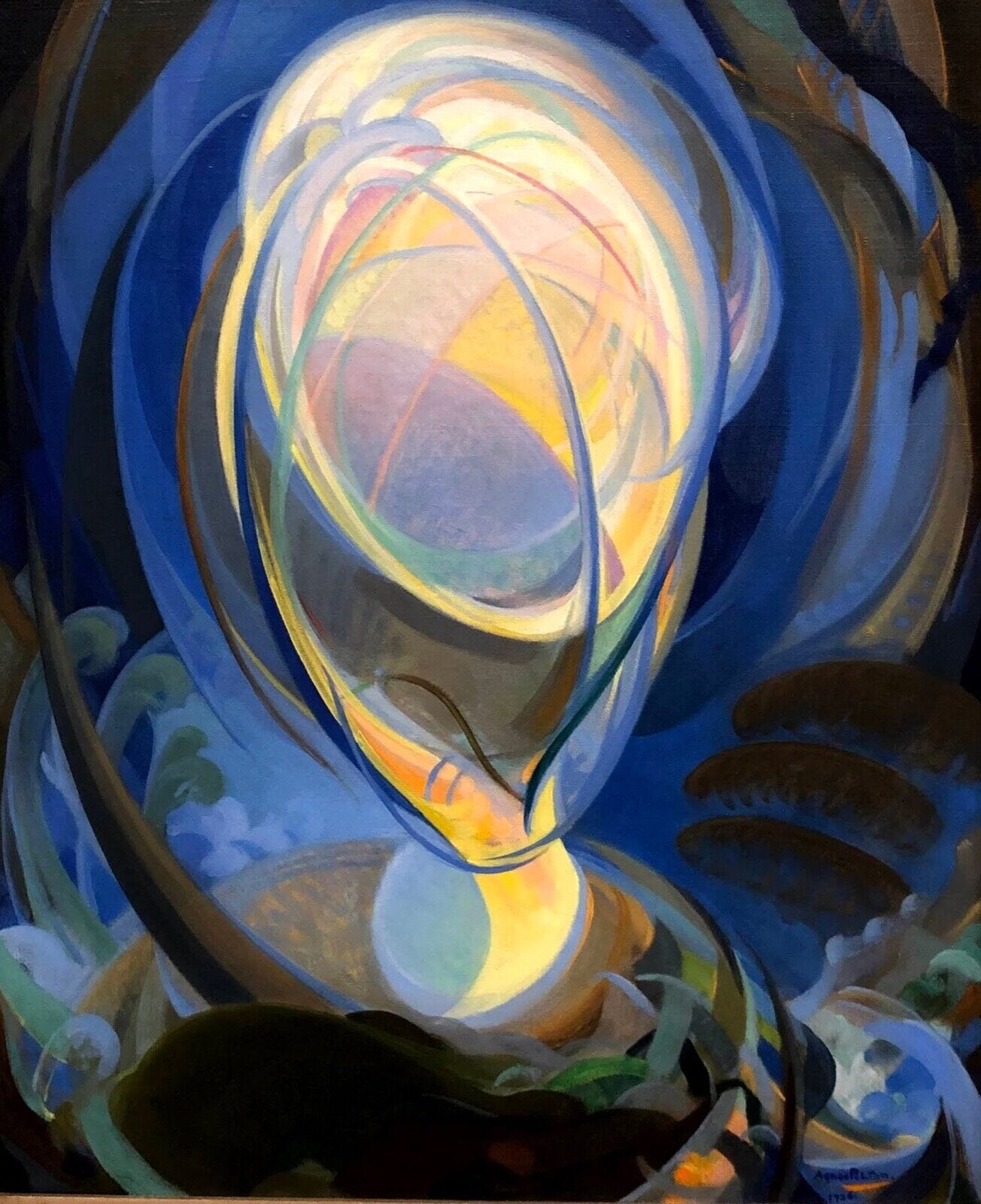

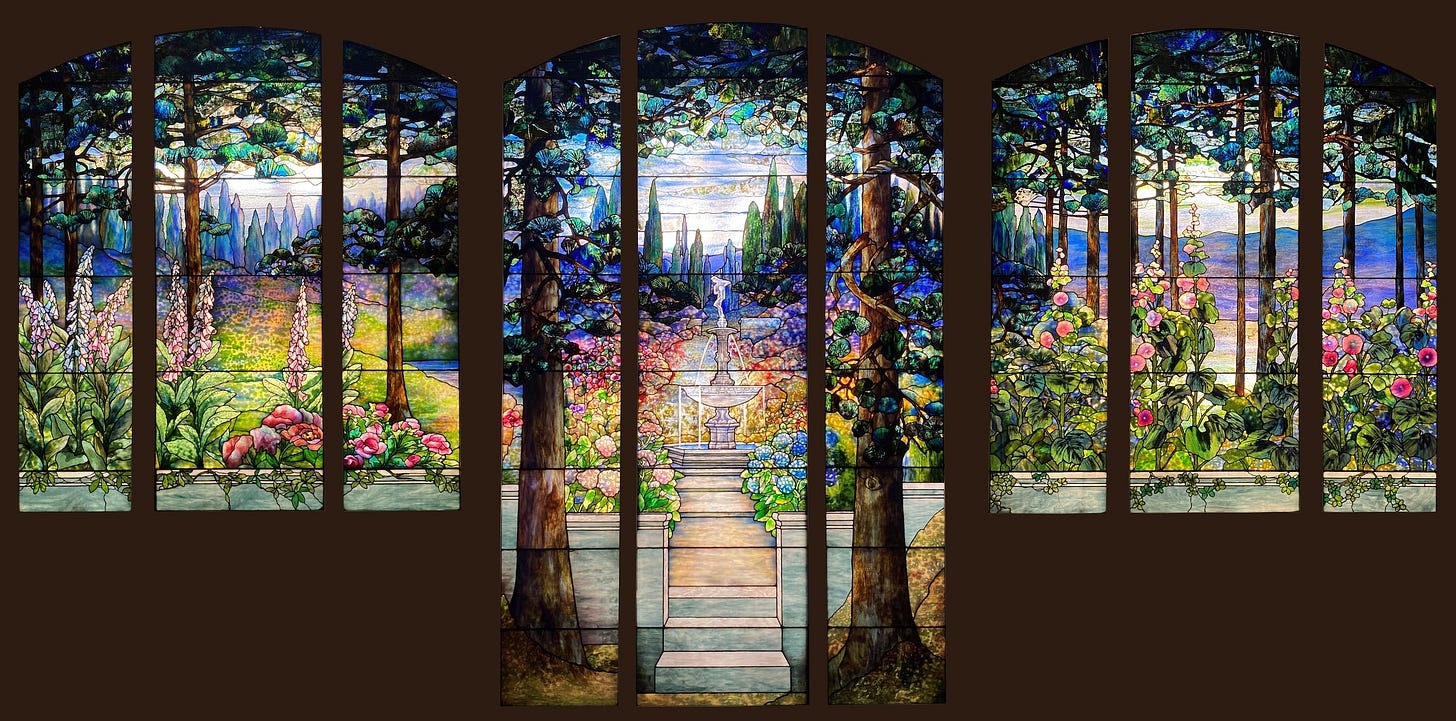
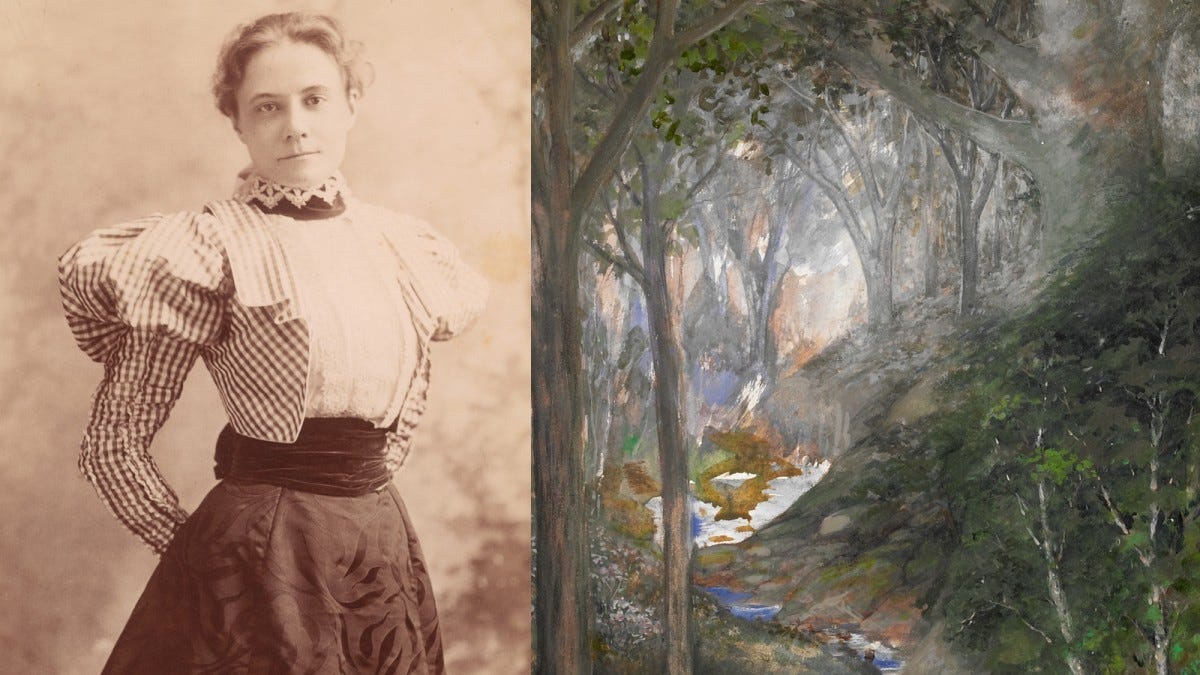



Thank you for this beautiful writing and sharing this way of thinking led by nature Enise!